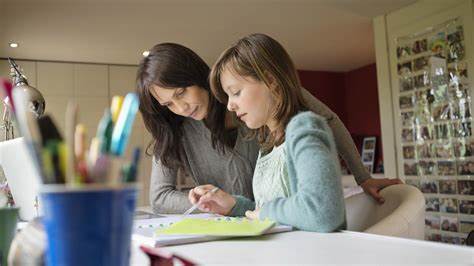This is the VOA Special English Education Report.
More than one-million children in the United States do not go to school. Instead, they learn at home. Most often, their parents are their teachers. Educational companies, libraries and the Internet provide many families with teaching material. Other parents create teaching methods to meet the needs of individual children.
Parents choose home schooling for several reasons. Some choose it because of their religious beliefs. Others say it provides more time for the family to be together. They say the home offers a better place for learning. Some parents believe home schooling avoids problems of traditional schools. These include classes that have too many students. Critics, however, say children need to attend school with other children. They also say that some home-schooled children do not get a good education.
All fifty American states and the District of Columbia permit home schooling. Some states do not require much preparation by parents or testing of children. Other states have more requirements for home schooling. Home-schooling in the United States began when the country was established. In farm areas, people often lived far from a school. Widespread home schooling took place until about the middle of the nineteenth century. Then, in eighteen-fifty-two, the state of Massachusetts passed the first law requiring children to attend school.
Over the years, the American public education system strengthened and grew. By the nineteen-sixties and nineteen-seventies, however, some Americans believed that traditional education was not helping their children. So a number of parents began home-schooling.
Home-school expert Linda Dobson says many people have helped the movement grow. She says some parents began teaching their children at home after changes in tax laws forced some private religious schools to close. That happened in the nineteen-eighties.
And, most recently, she says many kinds of people have joined the movement. She says these include rich people and poor people. They represent many races, religions and political beliefs. Mizz Dobson says the number of home-schooled children has increased an estimated fifteen to twenty percent each year during the last fifteen years.
This VOA Special English Education Report was written by Jerilyn Watson.
